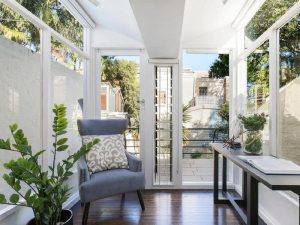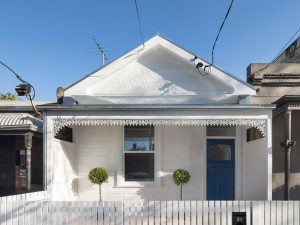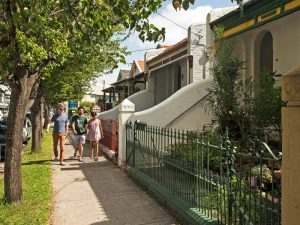Working out if a property will make a good investment is undoubtedly complicated, but experts say it rests on three simple things; rental yield, capital growth potential and underlying demand.
What is the rental yield?
Rental yield is a key metric for any property investor and is often referenced by agents and vendors. The higher the yield, naturally, the better.
A property’s gross rental yield is calculated by taking the annual rental income, dividing it by the property value, and then multiplying it by 100. For example, a property which earns $375 a week in rent, for a total of $19,500 a year, on a property purchased for $450,000, returns 4.3 per cent gross rental yield.
Net yield figures are calculated by taking into account expenses associated with the rental property.
Rental yield should be evaluated carefully, but in conjunction with other factors, like capital growth potential.
Ideally, you want to have a property which has a reasonable rental return, but with maximum capital growth potential.
Yield is one key factor, but not the only indicator of potential success. A good rental yield is good, but you need a low-maintenance property in an area that is growing and close to everything, so it rents quickly.
What is the capital growth potential?
While $10 extra a week in rent is great, picking the right property for its future capital growth can make investors many hundreds of thousands of dollars more over the years. Smart investors strike a balance between high yields and capital growth.
Look for capital growth performance above the median price growth.
Is there underlying demand?
Don’t rely on figures alone when evaluating a property. The property itself – it’s attractiveness and appeal to the target market – is make or break too.
A quality property will always be attractive to buyers and tenants, irrespective of what the market is doing.
Stay as close to the CBD as you can afford, as there will always be an underlying demand for good quality rental properties. People will pay more to live in a ‘blue chip’ lifestyle suburb. Existing public transport links, ideally several options, are paramount.
To be a successful investor, think like an owner/occupier.
What is an owner looking for? Is it storage, internal light, parking, an ensuite? These are the things that attract people looking for a home to buy, so it will also attract people who are looking to rent.
Ultimately, no one wants to live in a dark and dingy cave, no matter how cheap the rent is. If that is the only property you can afford in your preferred suburb, you need to move to a cheaper suburb and get a better property.
Carefully research the market and then meet it. If targeting a family market, for example, look at school catchment areas, outdoor space and off-street parking.
AS SEEN ON REALESTATE.COM.AU



